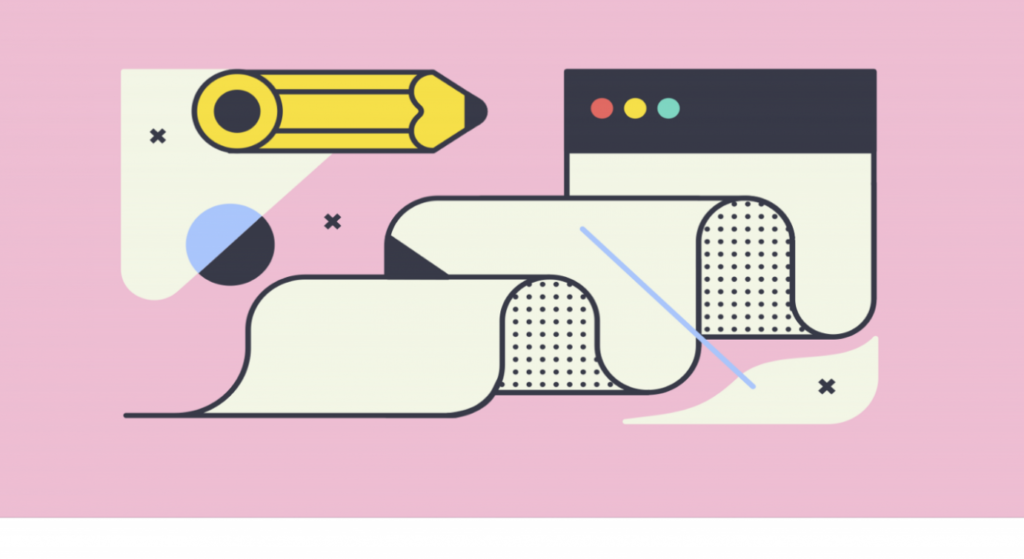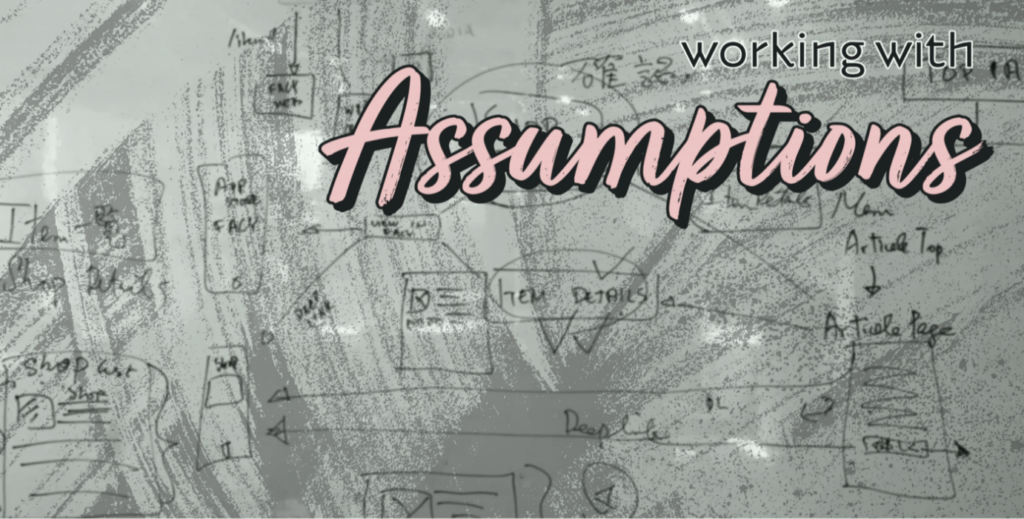- Behavioral Science, Emotion, Neurology, Neuroscience, UX Magazine
When you look deep into eyes of another and don’t see your own beauty reflected back — you know that the unconscious is holding you back.
Article by Kaushik Ram
The REAL reason the Unconscious holds you back
- The unconscious is not made up of thought but dictate behaviours that happen automatically and these are behaviours you may not be aware of.
- Some of the ways that we unconsciously deflect attention and prevent ourselves from being seen:
- Humour
- Sarcasm
- Intellectualism
- Perfectionism
- Isolation
- The unconscious exists because the brain is a metabolically expansive structure.
- The Ego and two things that are inherently wrong with working with the ego:
-
- When you invent a desired ego in an attempt to hide your mistakes.
- It is not healthy to keep things smooth and under control.
- The problem with reprogramming the unconscious mind is subjecting the unconscious to see a certain way ****— essentially fabricating a new ego.
Share:The REAL reason the Unconscious holds you back
Share this link
- April 21, 2022
7 min read







